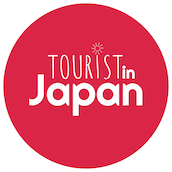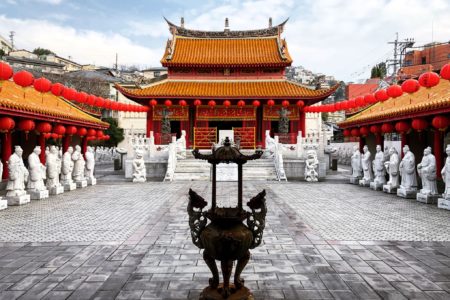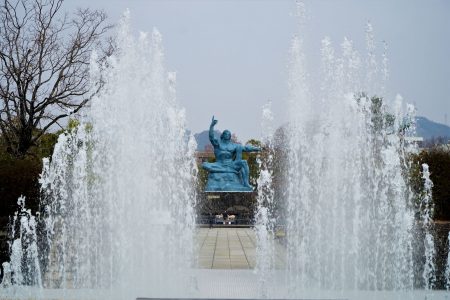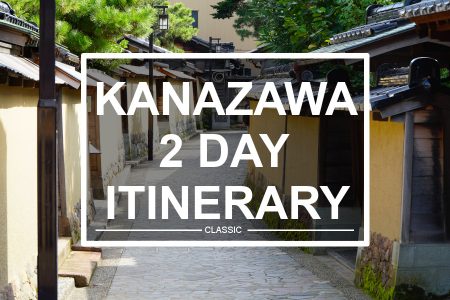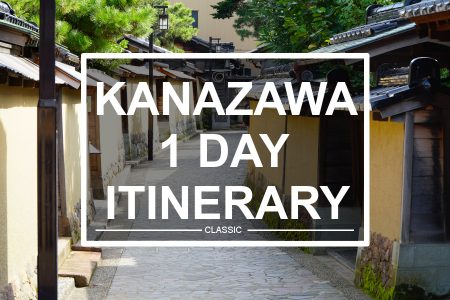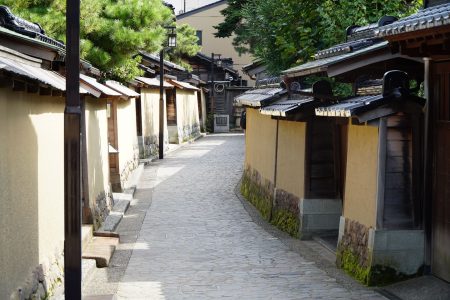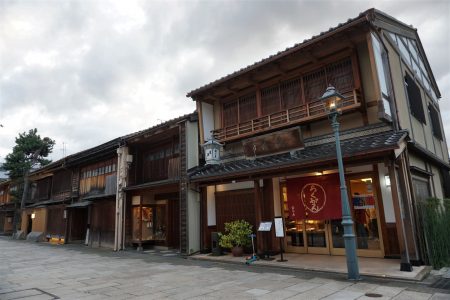Sofuku-ji is an Ōbaku zen temple located in Nagasaki City in Nagasaki Prefecture. The temple was constructed in 1629 to serve Chinese people living in Nagasaki. It later became Japanese, so the architecture is an interesting mix of Chinese and Japanese styles. The complex has numerous important cultural assets, among them two national treasures; the …

